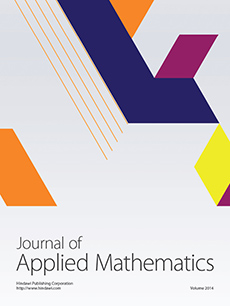Abstract
The availability of adequate system models to reproduce, as faithfully as possible, the actual behaviour of the experimental systems is of key importance. In marine systems, the changing environmental conditions and the complexity of the infrastructure needed to carry out experimental tests call for mathematical models for accurate simulations. There exist a wide number of techniques to define mathematical models from experimental data. Support Vector Machines (SVMs) have shown a great performance in pattern recognition and classification research areas having an inherent potential ability for linear and nonlinear system identification. In this paper, this ability is demonstrated through the identification of the Nomoto second-order ship model with real experimental data obtained from a zig-zag manoeuvre made by a scale ship. The mathematical model of the ship is identified using Least Squares Support Vector Machines (LS-SVMs) for regression by analysing the rudder angle, surge and sway speed, and yaw rate. The coefficients of the Nomoto model are obtained with a linear kernel function. The model obtained is validated through experimental tests that illustrate the potential of SVM for system identification.
Citation
David Moreno-Salinas. Dictino Chaos. Jesús Manuel de la Cruz. Joaquín Aranda. "Identification of a Surface Marine Vessel Using LS-SVM." J. Appl. Math. 2013 (SI17) 1 - 11, 2013. https://doi.org/10.1155/2013/803548
Information





